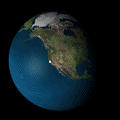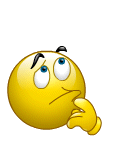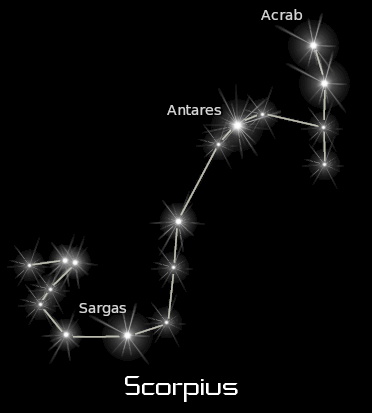I have conducted an activity about the solar system in the classroom to help the students understand our solar system better.
A briefing is given to the students.
The students are doing their works.
The students are colouring their works.
The students are presenting their works in front of their classmates.
The students demonstrating how the nine planets orbiting the Sun.
Reflection
Most of the students can understand better how the solar system works. They able to list down the name of the nine planets by sequence from the Sun and explain how the planets orbit the Sun which is the centre of the solar system. They enjoy the activity very much and wish to have more similar activities in the further lesson.



























